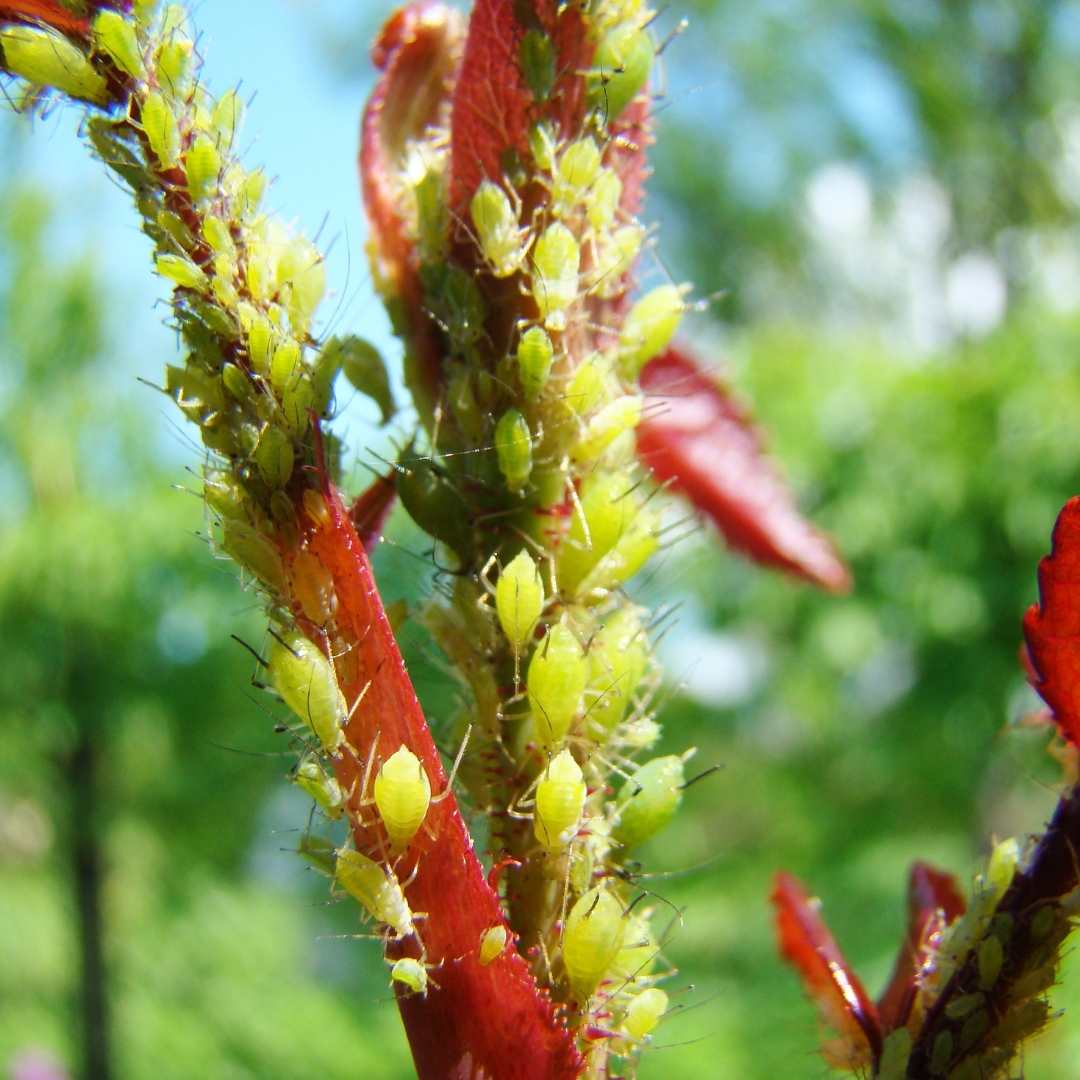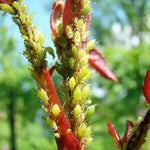
Aphid Midge
£40.00
Unit price perAphid Midge (Aphidoletes aphidimyza) will tackle a wide range of aphid species and are particularly useful for controlling aphids in early and late season.
Biological controls are not always kept in stock, they are ordered in fresh. This can sometimes lead to a time lag between when you place the order and when it is despatched. Order by 10am Monday for same week despatch.
Adults actively hunt for aphid colonies - Once an adult female (around 2mm long) finds a colony she will lay her eggs next to it - The eggs hatch into highly visible orange larvae which feed on the colonies of all types of aphids. Up to 60 different species of aphid. Larvae inject a poison into the aphid to paralyse it and dissolve the body contents.
The larvae take 7-16 days to mature before pupating in soil or compost and adults emerge after 10-14 days. You can read the instructions for this product HERE.
Orders placed by 10am Monday will be despatched later in the week. The smaller size packs, 250 cocoons are only available March - September.


